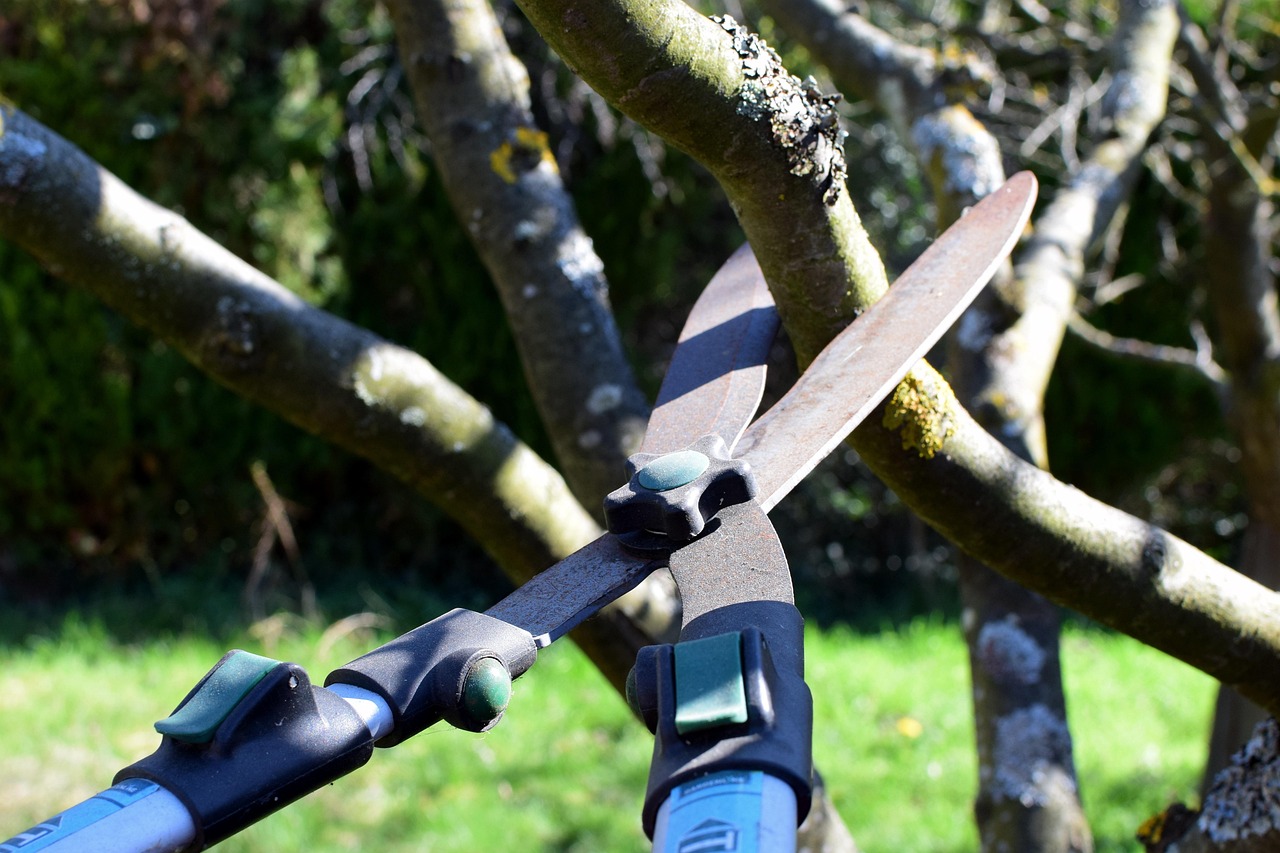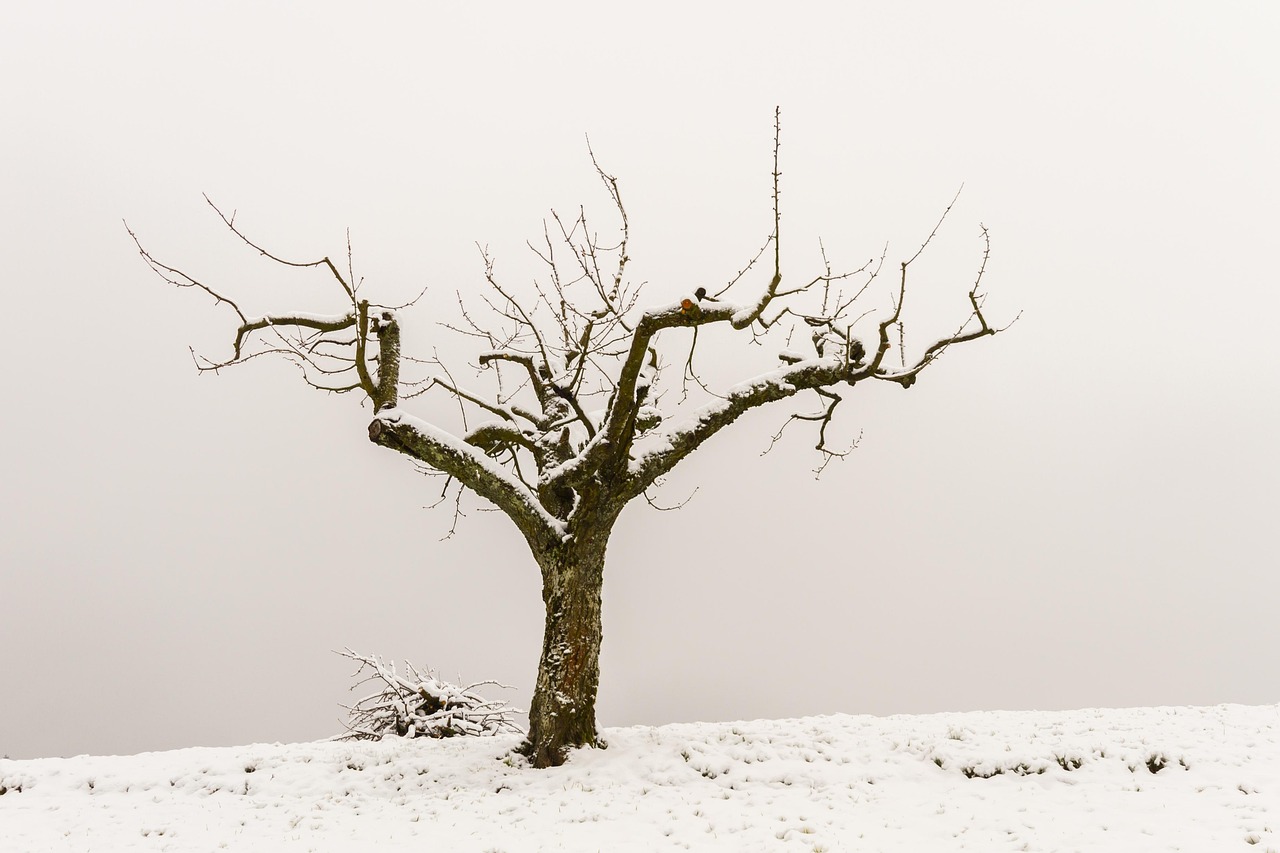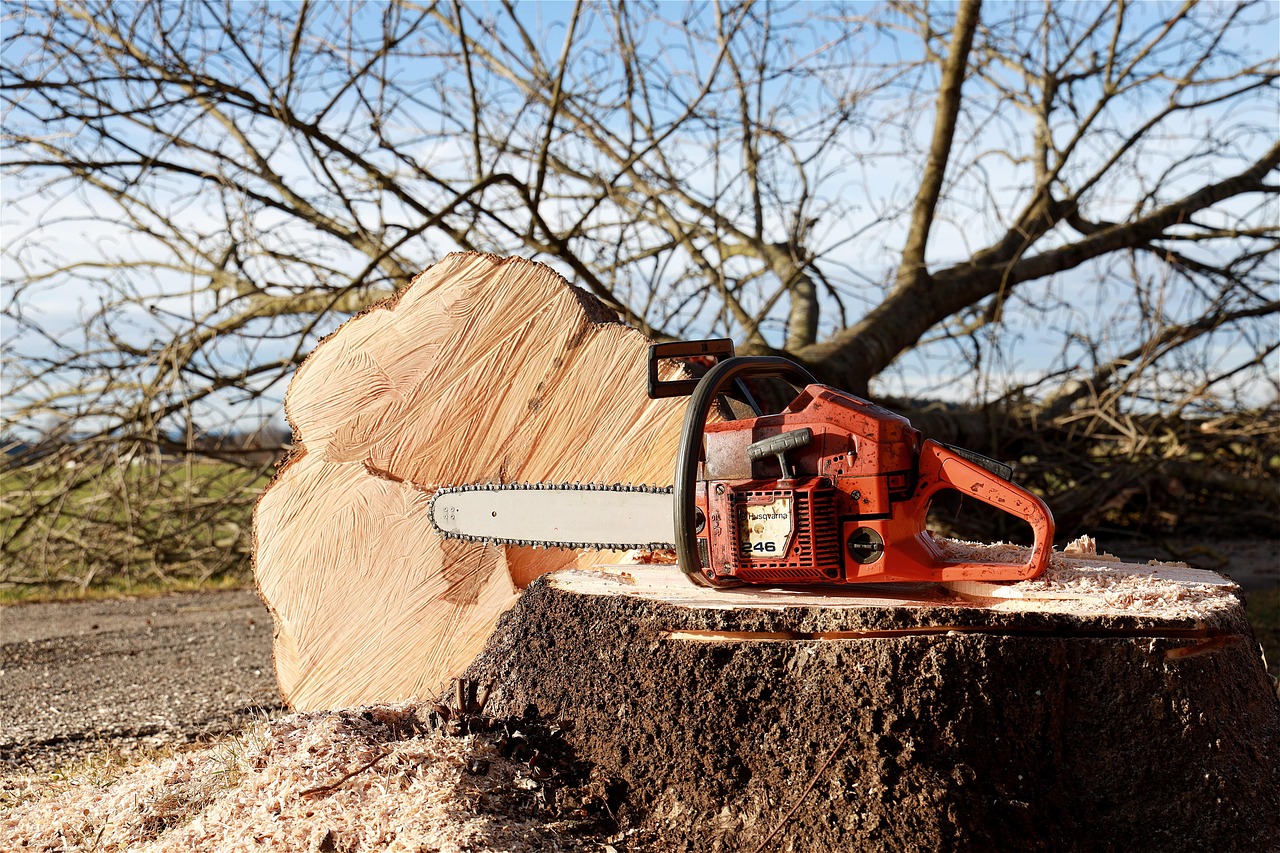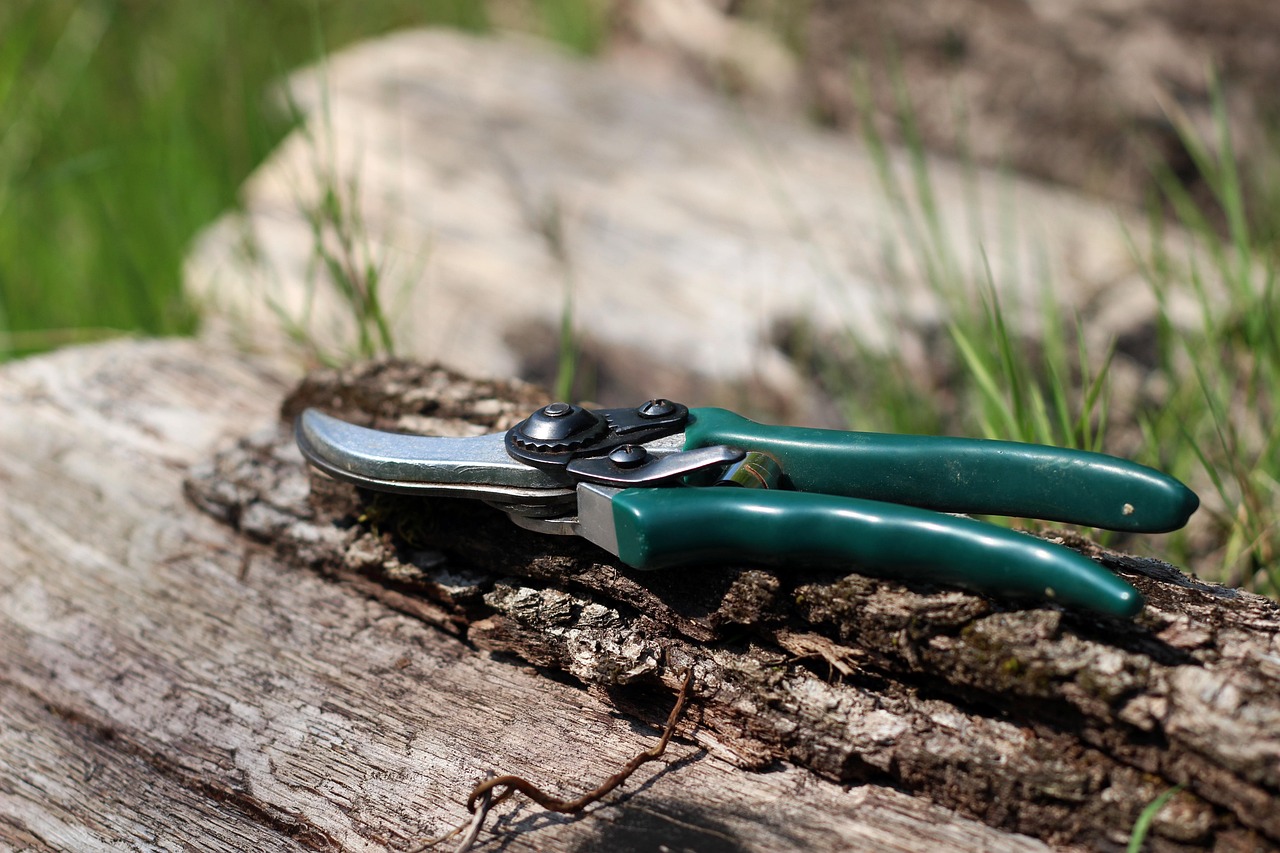Tree pruning in narrow urban spaces requires careful planning. Focus on removing dead or diseased branches, shaping the tree for growth, and ensuring clearance for pedestrians and vehicles. Use proper techniques to avoid damaging the tree, and consider the best time for pruning to promote healthy growth.
Narrow urban spaces present unique challenges for tree care. Limited room for growth and maintenance can make it difficult to keep trees healthy and aesthetically pleasing. Proper pruning is essential not only for the tree’s health but also for the safety and enjoyment of the urban environment. Trees in tight spaces must be managed with precision to avoid overcrowding and ensure they do not obstruct pathways or structures.

Urban areas often have a variety of tree species, each requiring specific pruning techniques and schedules. Understanding these needs is crucial for effective tree management. Additionally, urban trees face unique stressors such as pollution, soil compaction, and limited access to sunlight, which can affect their growth patterns. Proper pruning techniques can help mitigate some of these challenges, allowing trees to thrive even in constrained environments.
Understanding the Basics of Tree Pruning
Before diving into specific tips, it’s important to understand what tree pruning entails. Pruning involves selectively removing certain parts of a tree, such as branches or roots, to improve its structure and health. The primary goals of pruning are:
- Removing dead or diseased wood to prevent the spread of disease.
- Enhancing the tree’s shape and promoting healthy growth.
- Improving air circulation and light penetration within the canopy.
- Ensuring safety by removing branches that may pose hazards.
For successful pruning in tight spaces, consider the following key principles:

- Timing: Prune during the right season for the specific tree species. Late winter or early spring is often ideal before new growth begins.
- Techniques: Use appropriate cutting techniques like thinning cuts, heading cuts, and reduction cuts to shape the tree effectively.
- Tools: Ensure you have the right tools, such as hand pruners, loppers, or saws, to make clean cuts that promote healing.
Each type of tree may have different needs when it comes to pruning. Below is a table outlining common urban tree species and their preferred pruning techniques:
| Tree Species | Preferred Pruning Technique | Best Time to Prune |
|---|---|---|
| Maple | Thinning cuts | Late winter to early spring |
| Oak | Thinning cuts | Late winter |
| Pine | Pinching tips | Early spring |
| Crape Myrtle | Heading cuts | Late winter |
The importance of proper pruning cannot be overstated. It helps maintain the overall health of trees while ensuring they fit harmoniously into their urban surroundings. Regular maintenance can prevent larger issues in the future, such as structural weakness or hazardous conditions caused by overgrown branches.
In narrow spaces, especially those near buildings or sidewalks, special care must be taken to ensure that trees do not encroach upon structures. This can involve regular monitoring and strategic pruning to maintain a safe distance between branches and buildings. Consideration should also be given to pedestrian traffic; branches should be pruned to provide adequate clearance for passersby.

Additionally, it’s essential to consider the ecological benefits of urban trees. They provide shade, improve air quality, and contribute to urban aesthetics. By maintaining healthy trees through proper pruning practices, urban planners and homeowners can enhance their communities’ livability and sustainability.
As you embark on your tree pruning journey in tight urban spaces, remember that each cut should be made with purpose. Understanding the anatomy of a tree will help you make informed decisions about which branches to remove. Additionally, using proper techniques will help reduce stress on the tree and promote faster healing.
In conclusion, effective tree pruning in narrow urban spaces combines knowledge of best practices with an understanding of each tree species’ unique needs. By applying these strategies, you can foster healthier trees that enhance your urban environment.

Essential Pruning Techniques for Urban Trees
When pruning trees in urban environments, it is essential to employ techniques that ensure the health and longevity of the trees while minimizing any potential hazards. Understanding various pruning methods can help you make informed decisions about how to approach tree care. Below are some key techniques commonly used in urban tree pruning.
Thinning Cuts
Thinning cuts involve removing entire branches back to a lateral branch or the trunk. This technique helps open up the canopy, allowing more sunlight and air to penetrate. It is particularly useful for trees in tight spaces as it reduces the overall density of the canopy without significantly altering the tree’s shape.
Heading Cuts
Heading cuts are made by cutting branches back to a bud or a smaller branch. While this method can promote bushier growth, it is important to use it wisely. Overuse of heading cuts can lead to weak growth and increased vulnerability to diseases. Therefore, heading cuts should be employed sparingly, especially in confined urban spaces.
Reduction Cuts
Reduction cuts are performed to shorten a branch by cutting it back to a lateral branch that is at least one-third the size of the original branch. This type of cut is useful for managing the size of a tree without drastically changing its overall structure. It is an excellent choice for trees that need to fit within limited spaces while maintaining their natural form.
Timing Your Pruning
The timing of tree pruning is crucial for achieving the best results. Each tree species has its own ideal pruning window. Generally, pruning during the dormant season (late winter to early spring) is preferred as it minimizes stress on the tree and encourages healthy growth. However, some trees, like flowering species, may require specific timing for pruning to avoid removing buds that will bloom.
- Spring: Ideal for most deciduous trees and shrubs before new growth.
- Summer: Best for managing growth and shaping trees, especially those that bloom later in the season.
- Fall: Generally avoided as trees prepare for winter; however, certain species may benefit from light pruning.
- Winter: Excellent time for most deciduous trees; reduces stress and allows for easy visibility of the tree structure.
Tools Needed for Effective Pruning
Having the right tools is essential for effective tree pruning. Proper equipment ensures clean cuts that promote healing and minimize damage. Below is a list of essential tools for urban tree pruning:
- Hand Pruners: Ideal for small branches and precise cuts.
- Loppers: Useful for cutting thicker branches that are too large for hand pruners.
- Pruning Saws: Necessary for larger branches; choose a lightweight saw for ease of use.
- Pole Pruners: Helpful for reaching high branches without using a ladder.
- Safety Gear: Gloves, goggles, and hard hats are essential for protecting yourself while pruning.
Common Mistakes to Avoid in Urban Tree Pruning
Even experienced gardeners can make mistakes when pruning trees in urban environments. Here are some common pitfalls to avoid:
- Over-Pruning: Removing too many branches can stress the tree and lead to poor health.
- Poor Cutting Techniques: Using improper cuts can cause damage; always aim for clean cuts at appropriate angles.
- Ignoring Tree Species Needs: Each species has unique requirements; failing to consider these can hinder growth.
- Pruning at the Wrong Time: Timing is critical; pruning during active growth can lead to excessive sap loss.
The Role of Professional Arborists
If you are unsure about how to properly prune your trees, consulting a professional arborist can be beneficial. These experts possess in-depth knowledge of tree care and can provide tailored advice based on specific tree species and urban conditions. Hiring a professional also ensures that the work is done safely and effectively, reducing the risk of injury or damage to the tree.
Professional arborists can assess your trees’ health, recommend appropriate pruning techniques, and perform the work according to industry standards. This is particularly important in urban areas where space constraints and environmental factors may complicate tree care practices.
Maintaining Urban Tree Health Post-Pruning
After pruning, it is vital to monitor the health of your trees. Regular checks can help detect any signs of stress or disease early on. Consider implementing the following practices to support your trees after pruning:
- Watering: Ensure adequate watering, especially during dry spells, to help mitigate stress.
- Nourishment: Applying mulch around the base can retain moisture and provide nutrients as it decomposes.
- Pest Monitoring: Keep an eye out for pests or diseases that may affect newly pruned areas.
- Regular Inspections: Schedule periodic assessments of your trees to ensure ongoing health and vitality.
Caring for trees in narrow urban spaces requires diligence and knowledge. By employing the right techniques and tools while being mindful of each tree’s needs, you can contribute positively to your urban environment.
Understanding Tree Health and Growth Factors
To effectively prune trees in urban spaces, it is essential to understand the various factors that influence tree health and growth. Urban environments present unique challenges, including soil quality, water availability, and exposure to pollutants. By being aware of these factors, you can make informed decisions about pruning and overall tree care.
Soil Quality and Composition
The soil in urban areas often differs significantly from that in rural environments. Compacted soil, poor drainage, and limited nutrient availability can impact tree health. Here are some aspects to consider:
- Soil Compaction: Heavy machinery, foot traffic, and nearby construction can compact soil, limiting root growth and water absorption.
- Nutrient Deficiency: Urban soils may lack essential nutrients. Conducting a soil test can help identify deficiencies and guide fertilization efforts.
- pH Levels: The pH of the soil affects nutrient availability. Most trees thrive in slightly acidic to neutral soil (pH 6.0 to 7.0).
Water Availability
Sufficient water is critical for tree health, especially in urban environments where competition for resources is high. Factors influencing water availability include:
- Rainfall: Urban areas often experience altered rainfall patterns due to impervious surfaces. This can lead to water runoff rather than absorption.
- Irrigation: Regular irrigation may be necessary during dry periods. Consider installing a drip irrigation system for efficient watering.
- Drought Stress: Trees under drought stress may show signs of wilting or leaf drop. Monitoring soil moisture levels can help prevent this.
Exposure to Pollutants
Urban trees are often exposed to higher levels of air and soil pollutants, which can affect their growth and health. Common pollutants include:
- Vehicle Emissions: These can lead to leaf damage and reduced photosynthesis.
- Construction Dust: Dust from construction activities can cover leaves, inhibiting photosynthesis.
- Salinity: Road salts used during winter can accumulate in the soil and affect tree health.
Pruning Specific Tree Species in Urban Environments
Different tree species have unique growth habits and requirements. Understanding these nuances is crucial for effective pruning. Below is a table that outlines common urban tree species along with their specific pruning considerations:
| Tree Species | Growth Habit | Pruning Tips |
|---|---|---|
| American Elm | Wide-spreading canopy | Focus on thinning to allow light penetration; avoid heavy heading cuts. |
| Honeylocust | Pinnate leaves with an open canopy | Prune selectively to maintain shape; remove deadwood regularly. |
| Silver Maple | Fast-growing with brittle wood | Avoid heavy pruning; focus on removing weak branches to prevent failure. |
| Crape Myrtle | Bushy with vibrant flowers | Prune back in late winter for shape and flower production; avoid excessive thinning. |
The Importance of Tree Canopy Management
In urban settings, managing tree canopies is vital for both aesthetics and functionality. A well-maintained canopy provides shade, enhances property values, and improves air quality. Here are key points to consider in canopy management:
Canopy Shape and Structure
Maintaining a balanced canopy shape is essential for tree health and appearance. Consider the following:
- Natural Form: Aim to preserve the natural shape of the tree while ensuring it does not encroach on buildings or pathways.
- Central Leader: For many species, maintaining a strong central leader promotes stability and growth.
- Layering: Encourage layering within the canopy by selectively thinning branches at different heights.
Light Penetration
Proper pruning techniques can improve light penetration within the canopy, which benefits both the tree and surrounding plants. Here are some strategies:
- Selective Thinning: Remove inner branches that block light from reaching lower foliage.
- Avoiding Overcrowding: Thin out competing branches to ensure adequate light for all parts of the tree.
- Pruning for Visibility: In tight spaces, ensure that lower branches are pruned to provide clear sightlines for pedestrians and vehicles.
The Role of Community Involvement in Urban Tree Care
Caring for trees in urban areas can be a community effort. Engaging local residents and organizations can enhance tree management practices. Consider these approaches:
- Community Workshops: Organize events to educate residents about tree care techniques and the importance of urban forestry.
- Tree Adoption Programs: Encourage residents to adopt trees in their neighborhoods, fostering a sense of ownership and responsibility.
- Civic Partnerships: Collaborate with local government agencies and nonprofits focused on urban greening initiatives.
A collaborative approach not only enhances the health of urban trees but also fosters a stronger sense of community among residents.
Encouraging Biodiversity in Urban Tree Planting
In addition to proper pruning techniques, promoting biodiversity in urban tree planting is crucial for creating resilient urban forests. Diverse tree species can better withstand diseases, pests, and changing environmental conditions. Here are some strategies for encouraging biodiversity:
- Plant Native Species: Native trees are adapted to local environmental conditions and require less maintenance. They also provide habitat for local wildlife.
- Diverse Species Selection: Incorporate a variety of tree species in planting plans to reduce the risk of widespread disease or pest infestations.
- Layered Planting: Utilize vertical space by planting trees, shrubs, and ground cover together, creating a layered ecosystem that supports various wildlife.
Utilizing Technology for Tree Care
Technology can play a significant role in enhancing urban tree care and management. Tools such as mobile apps, drones, and GIS (Geographic Information Systems) can improve monitoring and maintenance practices.
Mobile Apps and Software
Numerous apps are available to assist with tree identification, health monitoring, and pruning schedules. These tools can help both professionals and amateurs track tree growth, identify issues early, and plan maintenance activities effectively.
Drones for Monitoring
Drones equipped with cameras can provide aerial views of urban forests, allowing for more efficient assessments of tree health, canopy structure, and potential hazards. This technology can save time and resources when managing large areas.
GIS Mapping
By utilizing GIS mapping, municipalities can keep detailed records of urban trees, including species type, age, health assessments, and maintenance history. This data can inform future planting strategies and resource allocation for tree care.
Seasonal Considerations for Tree Care
Each season brings specific challenges and opportunities for urban tree care. Understanding these seasonal factors can help optimize pruning and overall maintenance.
Spring
Spring is a time of growth and renewal. It is essential to monitor trees closely during this period:
- Inspect for Damage: Look for any winter damage or broken branches that need attention.
- Pruning Opportunities: Early spring is an excellent time for pruning many deciduous trees before they leaf out.
Summer
During the summer months, trees are fully leafed out. This is a great time to assess the canopy:
- Watering Needs: Ensure trees receive adequate water during hot spells.
- Pest Monitoring: Check for signs of pests or diseases that can thrive in warm weather.
Fall
As trees prepare for dormancy, fall offers unique opportunities:
- Late Pruning: Some species benefit from light pruning in early fall to prepare them for winter.
- Mulching: Adding mulch in fall can help retain moisture and insulate roots during winter.
winter
Winter is the dormant season for many trees, making it an ideal time for certain types of pruning:
- Structural Pruning: Focus on structural adjustments to promote healthy growth in the spring.
- Planning for Spring: Use this time to plan upcoming tree care activities for the spring season.
Final Thoughts
Caring for trees in narrow and tight urban spaces requires a comprehensive understanding of tree biology, environmental factors, and community involvement. By applying the right pruning techniques and engaging with local residents, we can ensure that our urban forests remain healthy and vibrant.
Remember that each tree plays an essential role in enhancing our urban landscapes. Whether it’s providing shade, improving air quality, or offering habitat to local wildlife, trees contribute significantly to the livability of our cities. By embracing modern technology, fostering biodiversity, and prioritizing community engagement, we can create sustainable environments that benefit both people and nature.
Ultimately, investing time and effort into proper tree care not only enhances the beauty of our urban spaces but also promotes a healthier ecosystem for future generations. Embrace the journey of tree care as a vital part of nurturing our shared environment.
